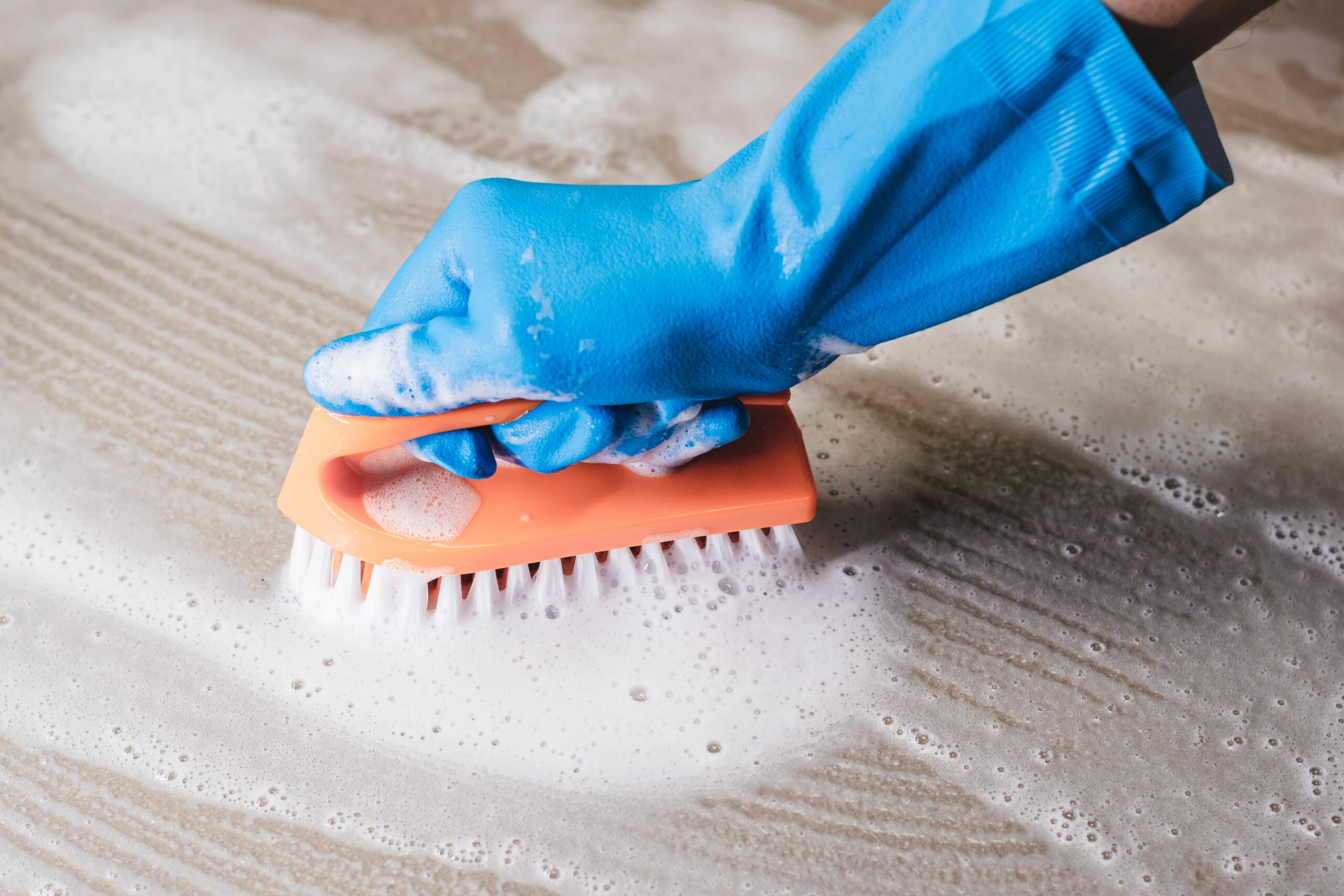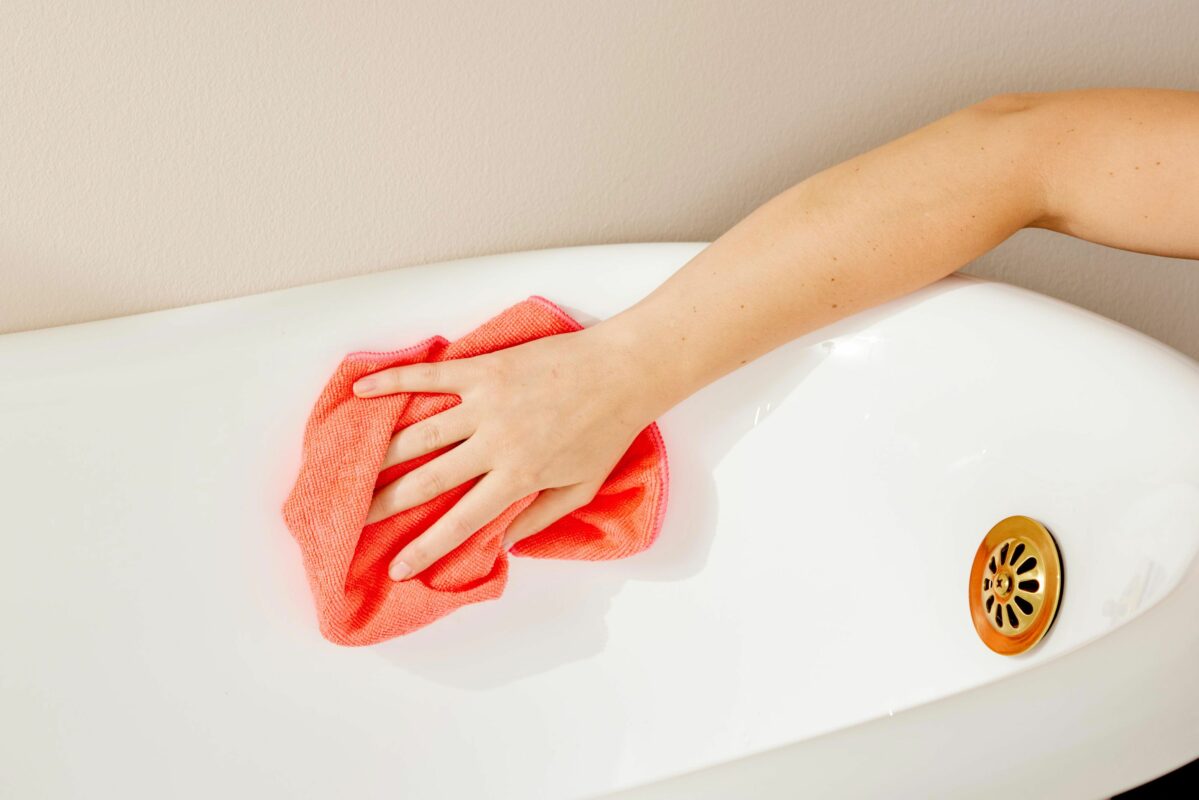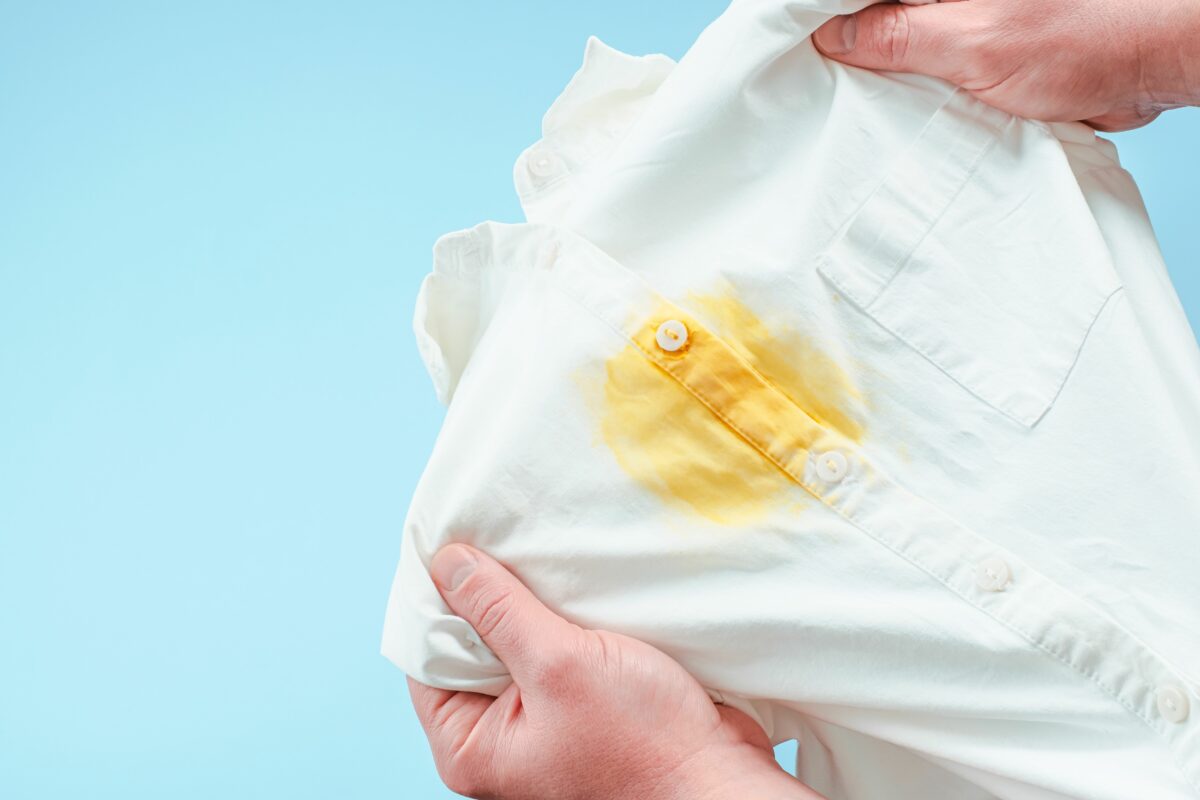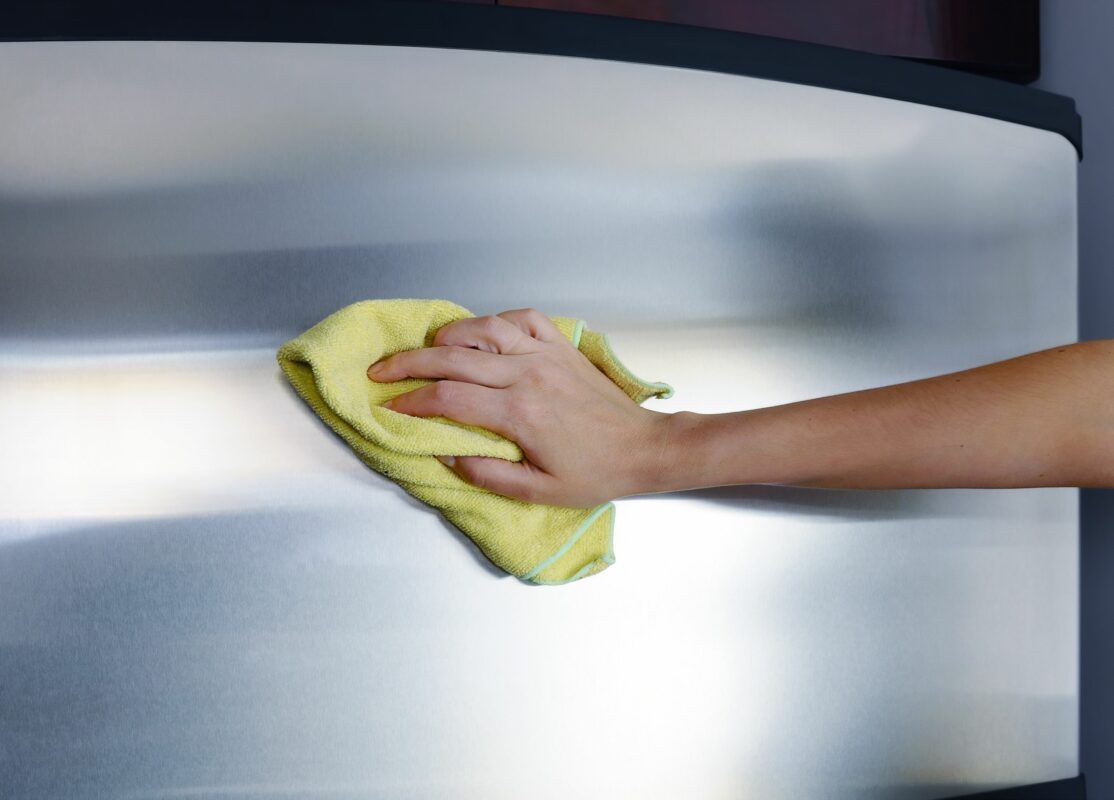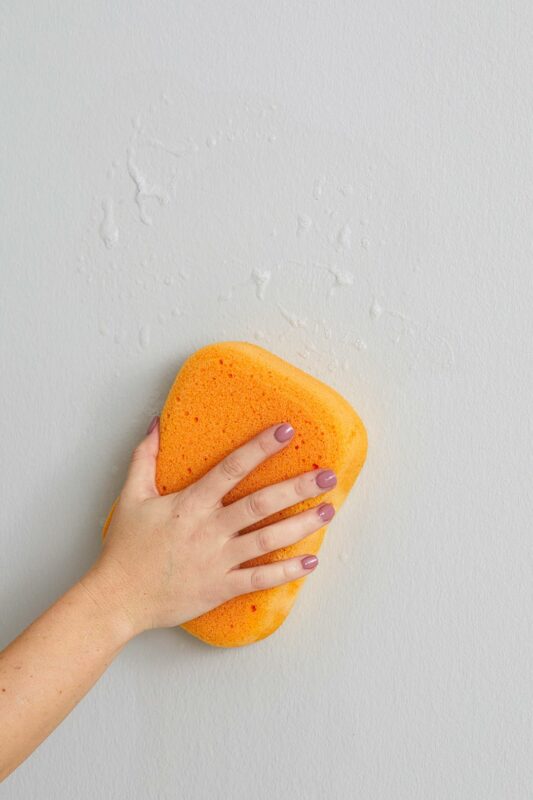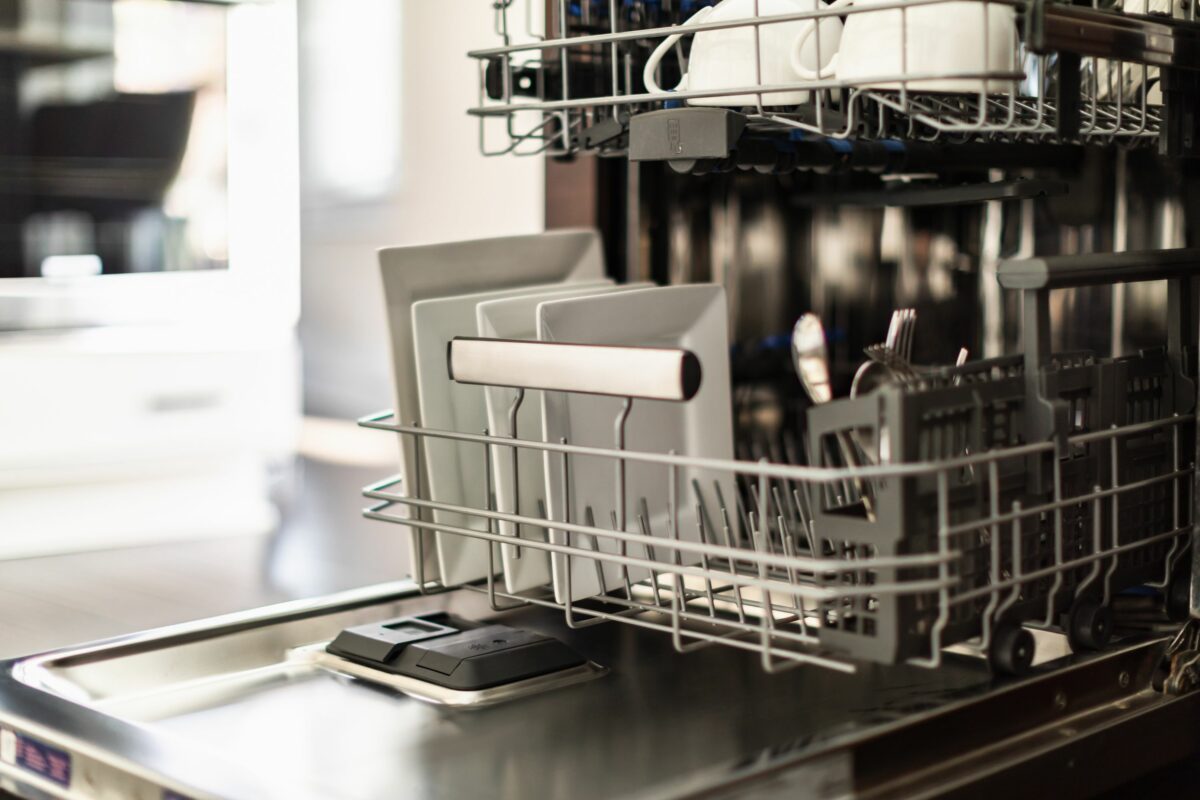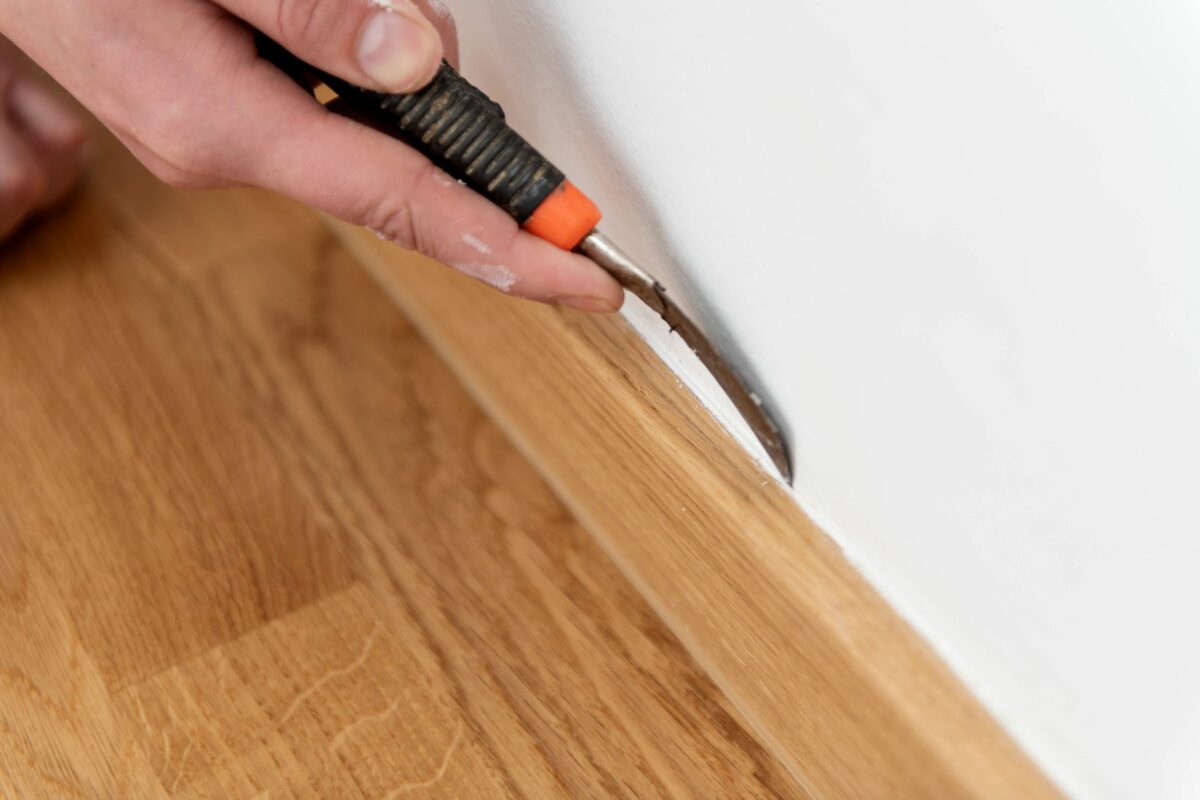Spray paint is an excellent option for a wide range of projects inside and outside the home. Depending on the specific type of paint, it can even be used for automotive or commercial paint jobs. The versatile application method of spray paint makes it easy to apply, but without properly preparing the area and taking precautions against strong winds, there is a risk you might accidentally paint a surface you didn’t intend to paint.
No matter how the paint got there, if it creates a mess or ruins the home’s aesthetic, it’s necessary to remove it. Since spray paint removal methods vary based on the surface, start by identifying the type of surface, then gather the proper tools and products for cleaning. Use this guide to find out how to remove spray paint from a variety of surfaces.
How to Remove Spray Paint from Concrete
Concrete is a porous material, so it’s best to remove spray paint as soon as possible to avoid future complications. Depending on the severity of the problem, several methods are available.
- Chemical paint stripper or paint thinner that is safe for use on concrete can be applied to the spray-painted concrete surface. Give the paint remover enough time to work based on the manufacturer’s recommendations, and then scrub the surface with a stiff brush to remove any remaining paint.
- Trisodium phosphate (TSP) can also remove spray paint from concrete. Mix it with water according to the manufacturer’s directions, apply it to the affected area, and then scrub vigorously with a stiff brush before rinsing.
- Pressure washers are an effective option for cleaning concrete and physically stripping away the spray paint. Keep the pressure washer on the lowest possible setting to avoid damaging the underlying surface. Slowly move the nozzle back and forth along the target area until all the paint has been removed.
- Masonry cleaner can be applied after stripping or pressure washing the concrete to remove any residual spray paint that may have seeped into the concrete.
How to Remove Spray Paint from Metal
Removing spray paint from metal is relatively straightforward, although if the spray paint is applied over a painted metal surface, some methods may strip both layers of paint. Keep this in mind when selecting the best option for removing spray paint from metal.
- Paint stripper or a commercial cleaner intended for metal is one of the easiest ways to remove spray paint from a metal surface. After applying the paint stripper or cleaner and allowing it to soak into the spray paint, use an abrasive sponge or cleaning pad to scrub away the paint before rinsing the metal.
- Hair dryers or heat guns can also remove spray paint from metal. Gradually heat the paint with a hair dryer or heat gun until it can be wiped away using cloth, soap, and water. Switch to a nylon scrub brush to deal with any stubborn areas.
- Baking soda paste is a good option when you want to preserve the underlying layer of paint. Combine the baking soda with water to create a paste, and apply it to the spray-painted metal. Leave it there for about 15 minutes before wiping it off. Repeat the process as necessary to remove the spray paint.
How to Remove Spray Paint from Plastic
Before attempting to remove spray paint from plastic, note the type of paint removal product and how it interacts with the plastic material. Some heavy-duty paint removers may discolor, scar, or even melt some plastic surfaces, so it’s best to use light cleaning solutions and physical methods for removing spray paint from plastic.
- Rubbing alcohol or non-acetone nail polish remover can remove spray paint from most plastic surfaces. Apply the rubbing alcohol or nail polish remover to the affected area and let it soak in for a few minutes. Use a cloth or a stiff brush to scrub away the spray paint.
- Baking soda and water can also remove spray paint from plastic. Mix the baking soda with the water to create a slurry, and apply it to the spray-painted area. Allow the baking soda solution to sit for about 15 minutes before wiping it off.
- Paint scrapers or razor blades can physically remove spray paint from plastic, but you must work carefully to avoid damaging the underlying material. Gently slide the scraper or razor blade along the surface of the plastic and scrape off the layers of spray paint.
How to Remove Spray Paint from Hands
While spray painting or removing spray paint from a surface, you may get spray paint on your hands. Removing water-based spray paint is relatively easy with a quick soap and warm water scrubbing, but removing oil-based spray paint is more difficult.
- Soap and water form the most effective solution for removing spray paint from your hands. Apply the soap, scrub your hands together, and thoroughly wash and rinse them under warm water.
- Vegetable oil, cooking oil, or baby oil is effective for removing stubborn oil-based spray paint. Apply the oil to your hands and gently scrub the paint using a stiff brush, fingernail brush, or an old toothbrush. Wash your hands with soap and water afterward to remove any residual oil.
- Abrasive soap can help scrub off any stubborn stains that remain stuck to your skin after applying oil and washing your hands in warm, soapy water. The abrasive material in the soap physically scrubs away the paint, while the soap solution helps to loosen the spray paint residue.
Safety Precautions to Protect You and the Painted Surface
When working with paint thinner, acetone, paint remover, and other toxic substances, take proper precautions to stay safe. Pressure washers can also harm you and the surrounding area, so it’s best to follow these tips to protect yourself and the painted surface while removing spray paint.
- Wear protective gear, including closed-toe shoes, long pants, a long-sleeve shirt, gloves, safety goggles, and a mask or respirator.
- Ventilate the area before you begin by opening doors and windows and setting up one or more fans to disperse harmful chemical fumes.
- Put down a plastic drop cloth to cover surfaces you don’t want to damage, such as the floor, furniture, or nearby plants and foliage.
- Use a low-pressure setting on a pressure washer to avoid damaging the underlying surface. If the current pressure is insufficient to remove the spray paint, use a paint remover to help loosen it.
Tips for Stubborn Stains and Difficult Surfaces
Cleaning spray paint soon after it has been applied is much easier than removing it after it has time to dry. Similarly, removing spray paint from smooth, flat surfaces doesn’t take as much care and effort as removing it from textured surfaces. Consider these tips for dealing with stubborn stains and difficult surfaces.
- Apply spray paint remover or paint thinner to textured surfaces. The paint removal solution can reach all the nooks and crannies, making cleaning off the spray paint easier. Before using this method, verify that the paint remover or paint thinner is safe to use on the target surface.
- Power washers can be put to good use on tough surfaces, like concrete or plastic siding, allowing DIYers to remove stubborn spray paint stains. However, using a pressure washer comes with risks, so be cautious about the water pressure and the angle of the spray to avoid damaging the painted surface.
- White vinegar can remove oil-based spray paint from your hands if other methods are not working. Apply white vinegar to a rag, then use a brush to gently scrub away the paint.
- Sandpaper or an angle grinder can be an effective option, but the risk of damaging the underlying surface is high, so this method is only recommended if nothing else works. Be prepared to repair the surface of the material after using sandpaper or an angle grinder to remove spray paint.


